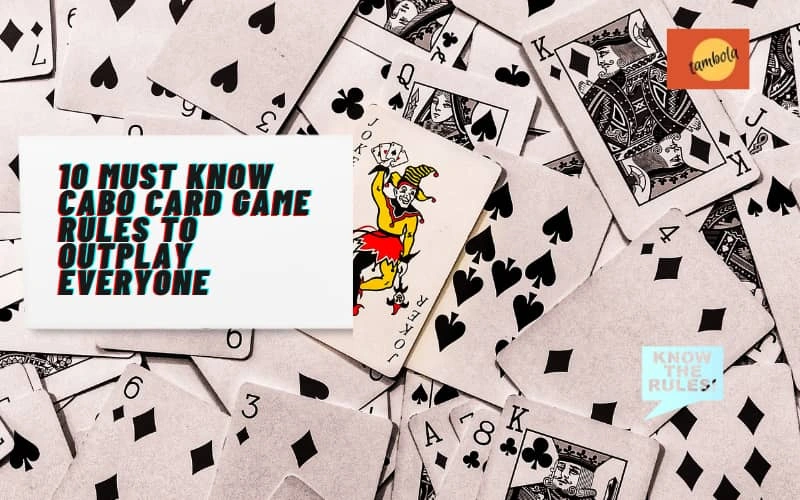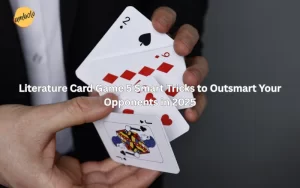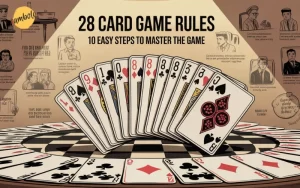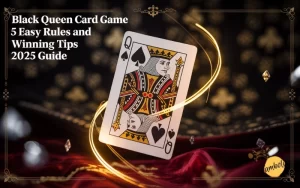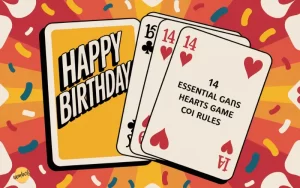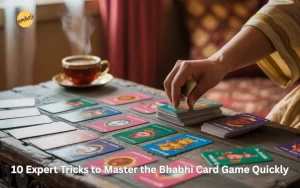Cabo is a fast-paced, memory-based card game that combines strategy, deception, and a little bit of luck. Whether you’re playing for fun or aiming to become unbeatable among your friends, mastering the cabo card game rules is essential. With the right understanding of tambol fun the gameplay and a few tactical tricks up your sleeve, you can outsmart your opponents and reduce your score faster than they can react. In this guide, you’ll learn the 10 must know cabo card game rules that will help you dominate every round and rise as the ultimate Cabo champion.
Know the Objective of Cabo
The most important of all cabo card game rules is understanding the objective. The goal of Cabo is to have the lowest total score by the end of the game. The game is played over multiple rounds, and each player starts with four face-down cards. The trick is to remember your cards, swap high-value cards with lower ones, and keep track of what others might be holding.
A player can call “Cabo” when they believe they have the lowest score. This ends the round after one final turn for each opponent. But beware, if the player who calls Cabo doesn’t have the lowest score, they are penalized. Knowing when to call Cabo is crucial and can often be the deciding factor in winning.
Learn the Card Values
Understanding card values is a core part of cabo card game rules. Cards range from 0 to 13 in value. Lower numbers are better because they reduce your overall score. Here’s a quick breakdown:
- Number cards (0 through 10) carry their face value
- 11: Peek – allows you to look at one of your own cards
- 12: Spy – allows you to look at another player’s card
- 13: Swap – lets you swap one of your cards with an opponent’s without looking
The special action cards (11, 12, 13) add a layer of strategy that sets Cabo apart from traditional memory games. Remembering what cards you have and how to use action cards effectively can give you a strong edge.
Set Up the Game Correctly
Proper setup is essential for following the cabo card game rules accurately. To begin, shuffle a standard deck of 52 cards. Each player receives four cards dealt face down. No one is allowed to look at all four cards. Players may look at only two of their cards before the game starts.
Place the rest of the deck in the center as a draw pile and flip one card face-up next to it to start the discard pile. Once setup is complete, gameplay begins with the first player clockwise from the dealer.
Only Peek at Two Cards at the Start
According to official cabo card game rules, each player is only allowed to look at two of their four cards at the beginning. This rule makes memory an important skill and adds to the challenge. Try to peek at cards in different positions to keep track more easily.
Many beginners peek at cards that are next to each other. However, a smart strategy is to look at cards in diagonally opposite positions. This helps you remember which side of your layout contains the lower numbers. Memorizing accurately from the start gives you a huge advantage throughout the round.
Understand Your Turn Options
Every turn in Cabo gives you three options:
- Draw a card from the draw pile
- Pick up the top card from the discard pile
- Use an action card (if drawn)
If you draw a card and it’s a number card, you can choose to replace one of your cards or discard it. If it’s an action card (11, 12, 13), you may use its ability or discard it. If you pick a card from the discard pile, you must swap it with one of your four cards.
Make sure to use each option strategically. Knowing when to take a risk and when to play it safe is part of mastering the cabo card game rules.
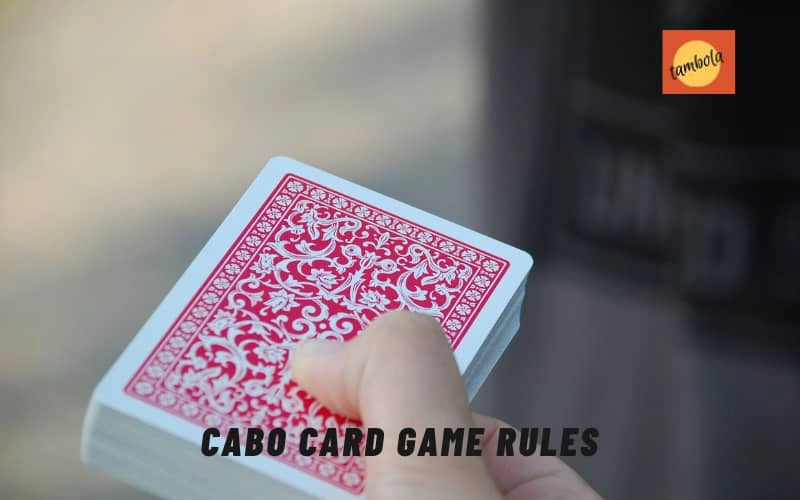
Use Action Cards Wisely
Action cards are what make Cabo unpredictable and exciting. Each action card serves a different purpose:
- 11 (Peek): Look at one of your own cards
- 12 (Spy): Look at one card of another player
- 13 (Swap): Exchange one of your cards with another player’s card without seeing either
Use the Peek action when you’re unsure about the values of your remaining cards. Spy is great for keeping track of your opponent’s hand. Swap is useful when you know you have a high card and suspect an opponent has a low one.
Play action cards early in the round when there are more unknowns on the table. They lose value toward the end when most cards are revealed or replaced.
Track Cards in Your Memory
One of the most underrated cabo card game rules is the importance of memorization. Always keep track of your four card positions and what you know about each. If you swap or replace a card, make a mental note of the new value.
Forgetfulness can cost you the game. A single high-value card left unnoticed can leave you with a losing total. Develop memory strategies such as using finger positions, mental numbering, or rhymes to remember card values during the game.
Know When to Call Cabo
Calling Cabo ends the round. Once you call Cabo, every other player gets one final turn. This is a high-risk move that should only be made when you are confident that your total score is the lowest on the table.
If your score is the lowest, you win the round and your score is added to the scoreboard. If someone else has a lower score, you receive a 10-point penalty. Learning to cabo card game rules call Cabo at the right moment is one of the key cabo card game rules that separates beginners from experts.
Track Opponents’ Behavior
Pay attention to how your opponents react, especially after drawing or swapping cards. Facial expressions, hesitation, or repeated peeking at certain cards can reveal what they’re holding. Observational skills are an important tool in your Cabo strategy.
If a player keeps going after a certain card or holds on to a discard, try to infer its value. The more you watch your opponents, the better you’ll get at predicting their scores and timing your Cabo call perfectly.
Win the Game by Reaching Zero First
The cabo card game rules state that the game continues until one player reaches or goes below a total score of 100 points. The player with the lowest score at that point wins the game.
Your focus should always be on reducing your score each round cabo card game rules. Even if you don’t win a round, replacing a 10 with a 2 or eliminating a 13 can bring your total down and help in the long run. Consistency is the key to winning the full game.
Final Thoughts
Mastering the cabo card game rules is the first step toward outplaying everyone at the table. From remembering your cards to executing action plays at the perfect time, each decision matters in Cabo. This game rewards both strategy and sharp memory, making it fun for casual and competitive players alike.
By following these ten essential rules and tips, you’ll not only play better but also enjoy the game more. Whether you’re at a family gathering or facing off with serious players, use this knowledge to dominate every round and emerge victorious in Cabo.


